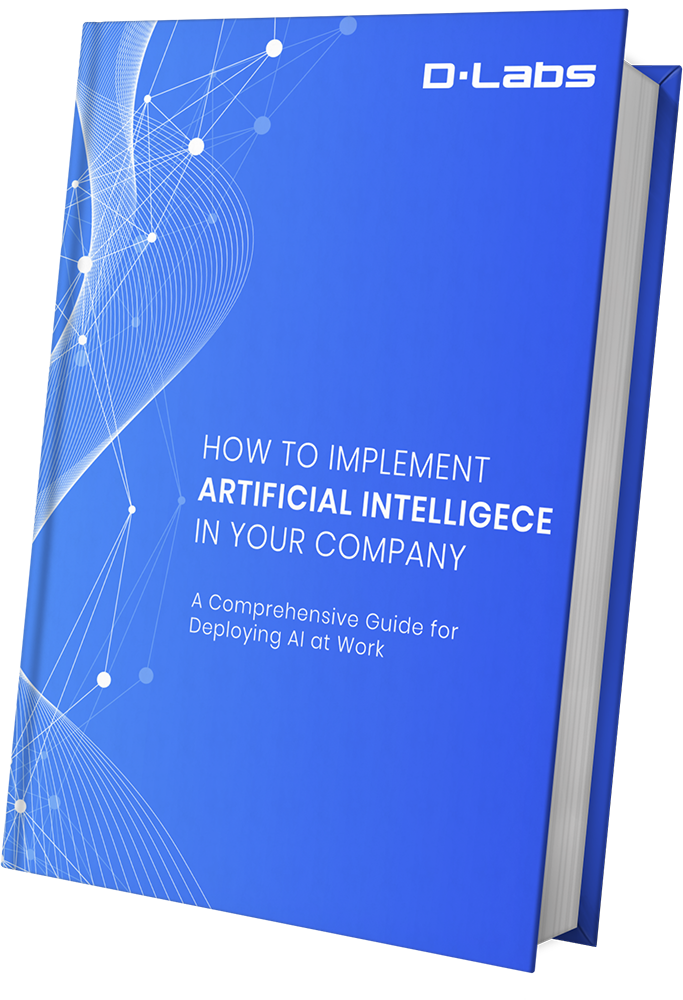Effective sales forecasting is the key to success for almost every business. However, creating accurate forecasts that reflect reality can feel like ‘mission impossible.’ That’s why we’ve used our experience developing sales-focused software to put together five tips that will help you forecast more accurately.
Why Sales Forecasting Is Key In Business?
Before we get to the tips, let’s take a moment to focus on a key question. Why is sales forecasting important? In truth, it’s not important. It’s crucial — because it helps you predict the revenue you can expect to generate within a certain timeframe.
You can then use this information to make smart decisions based on historical data: choices that will impact the whole sales process. And in business, you must use facts to guide you instead of placing your faith in blind hope.
What’s more, sales forecasting enables you to predict potential sales problems in the near-term. By being aware, your team can take steps to prevent them — or at least, to mitigate their effects.
And when it comes to the immediate-term, sales forecasting allows you to prepare your company for a sales rush should interest in your products or services explode. Suppose you’re a retailer: a forecast lets you source the right volume of supplies and avoid a stock-out.
Qualitative Vs. Quantitative: Key Differences In Sales Forecasting Methods
In reality, sales forecasting is a broad term. It includes two primary methods — qualitative and quantitative — but what’s the difference? Let’s compare and contrast using the table below and the explanations that follow.
Qualitative | Quantitative |
|
|
Qualitative sales forecasting: a method based mainly on the opinion of potential customers or company executives. It’s not as accurate as quantitative forecasting. However, it can be useful for companies that don’t have enough data to forecast — or if you’re just starting a business or launching a product.
Quantitative sales forecasting: a data-centric method, which makes it more accurate than a qualitative approach. But you can only use it when a company has historical sales figures. You can automate the method using data collected via CRM tools, allowing you to generate customized reports tailored to your specific needs.
5 Tips for Improving Your Sales Forecasting
We now know why sales forecasting is crucial. And we’ve covered the methods you can use. It’s time to dive into the details that’ll have a real impact on your business: our five tips for improving your sales forecasting process.
1. Prepare your data properly
Bad quality data is the leading reason behind a missed forecast. And it’s little surprise: how can you expect an accurate prediction without properly prepared data?
The preparation starts with a cleaning phase. Some of your data may not be suitable for the forecasting process. And once removed, you may find you don’t actually have enough data to generate a forecast. What if that’s the case? We suggest you read this article on how to fix bad data, then move on.
With your data cleaned, it’s time to sort it. Here, you should define every stage of your sales process, clarifying objective ‘entry and exit criteria’ for each stage based on specific customer actions.
Now, you’re good to go. And rest assured: with this degree of preparation, you’ll not only get more accurate forecasts. You’ll also learn a lot about your customers.
2. Encourage all your teams to use CRM
In order to obtain relevant data for accurate sales forecasting, it’s not only sales specialists who should use CRM. Other departments, including sales, product, marketing, and finance, should use it as well.
If each department regularly updates a CRM system, your company will have all the data it needs to create a comprehensive forecast. Moreover, everyone will be able to generate accurate reports that account for all relevant information.
There’s also a massive benefit in having up-to-date customer data. Not to mention the gains in encouraging cooperation and information flow between departments.
3. Focus on demand, not supply
To avoid unnecessary expenses — or the inverse: a situation where you have a product shortfall — you must focus on predicting demand.
For example, suppose your forecasts show your product sales will increase significantly in the coming months. In this case, you can prepare your resources accordingly to satisfy all orders, generating maximum profits without the risk of losing customers due to being out-of-stock.
On the other hand, if your forecasts show that demand will drop, you can focus on marketing to generate customer interest instead of investing in production.
4. Update your forecasts regularly
As 2020 has shown: not everything is predictable based on historical data. Internal and external factors (on which we often have no influence) can upend our plans, so it’s worth considering all eventualities.
That’s why you should update your sales forecast regularly so that it maintains its value. And as you know, your sales forecast depends on your sales process; if the process changes, the forecast inevitably needs to change with it.
Here’s another reason why all departments should regularly provide information about their activities in a CRM system — because it’s not only the sales department that influences your revenues but marketing activities as well.
5. Consult experts in the field
Tailoring a CRM system to the specific needs of a company is no easy task.
To achieve the most accurate forecasts, you need to prepare your data correctly and have experience building such solutions. That’s why many executives outsource software development to companies specializing in Big Data, with DLabs.AI being one such specialist.
Our Big Data and Machine Learning experts have already worked on several CRM solutions — as you’re about to find out.
Sales Forecasting — A Case Study
In recent months, Dlabs.AI has been building a customized CRM solution for a large company selling various types of clothing from multiple brands. This client has tens-of-millions of customers, generating vast swathes of data to process weekly.
The Problem
Our client is migrating and extending its data and analytics tools to Amazon AWS-based Big Data solutions. We’re supporting the Data and Analytics team in its Consumer Lifecycle Management solutions, mainly in automating the gathering and preparing of customer data, modeling consumption habits, and periodic performance reporting related to the implemented models and processes.
Our Approach
The gathering and preparing of data happen on an AWS Redshift cluster. This consists of building a huge table with millions of rows (the customers) and thousands of columns (the features of each customer) called Customer State Vector (CSV) that is used to feed the models. The AWS Redshift cluster meets the extreme performance and scalability requirements.
The modeling processes are developed in AWS SageMaker, which provides a wide array of ready-to-use Machine Learning models and a data processing pipeline integrating all the processing steps — allowing the data scientist to focus on the model itself and its performance on the modeled data.
Expected Results
The development of the modeling solutions is still underway. But the implemented tools have already accelerated some steps in the model creation process and automated the weekly CSV generation process. We are on track to build modeling solutions that will be faster to design, create and train, and, above all, more accurately predict customer behavior and, ultimately, the client’s sales forecasting.
We expect to improve the model’s accuracy by at least a few percent, which, given this involves millions of customers, represents a significant uplift.
Planning on building a customized sales forecasting solution to take your business to the next level? Schedule a free consultation with a DLabs.AI specialist and see what we can do for you.








